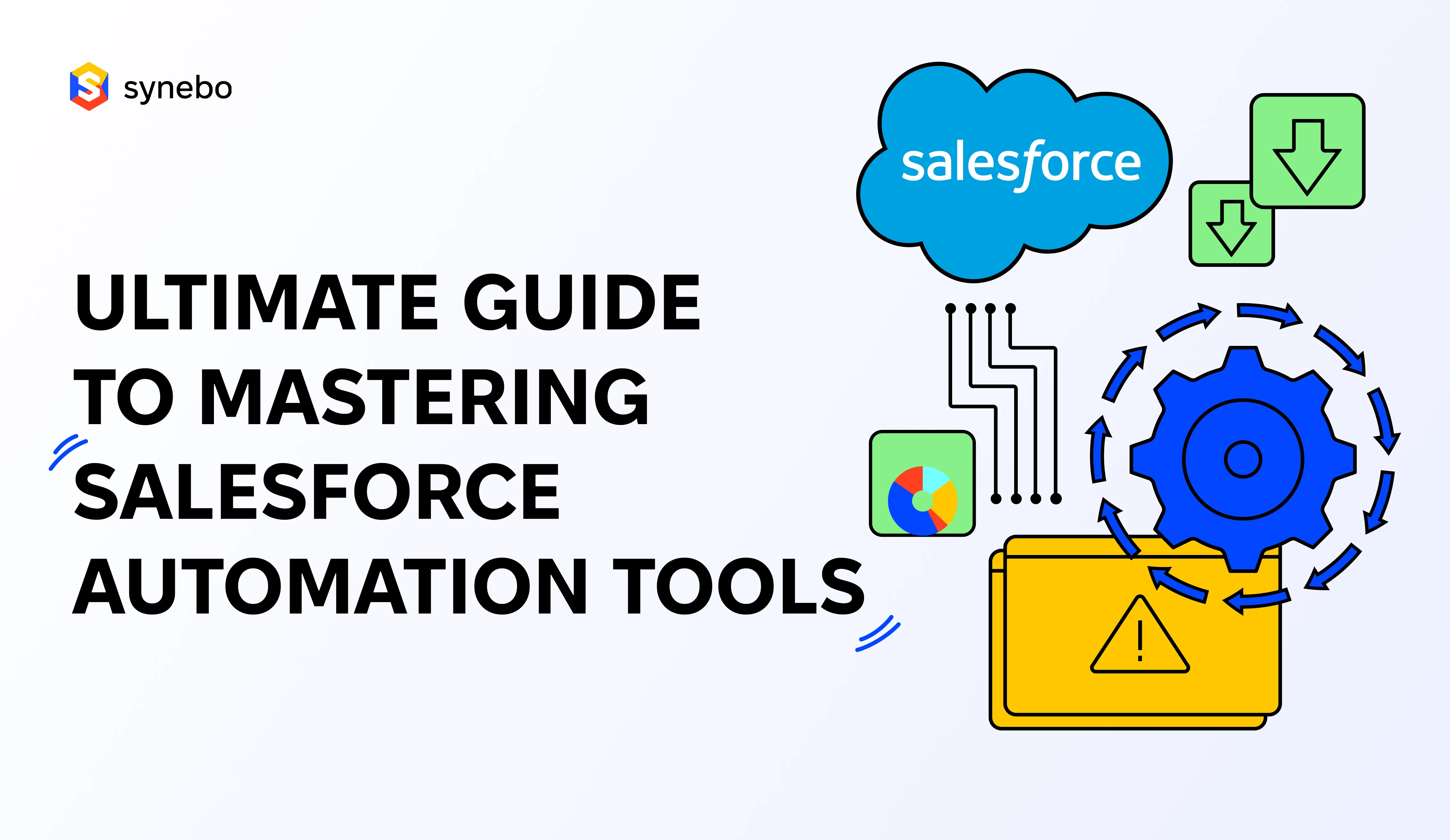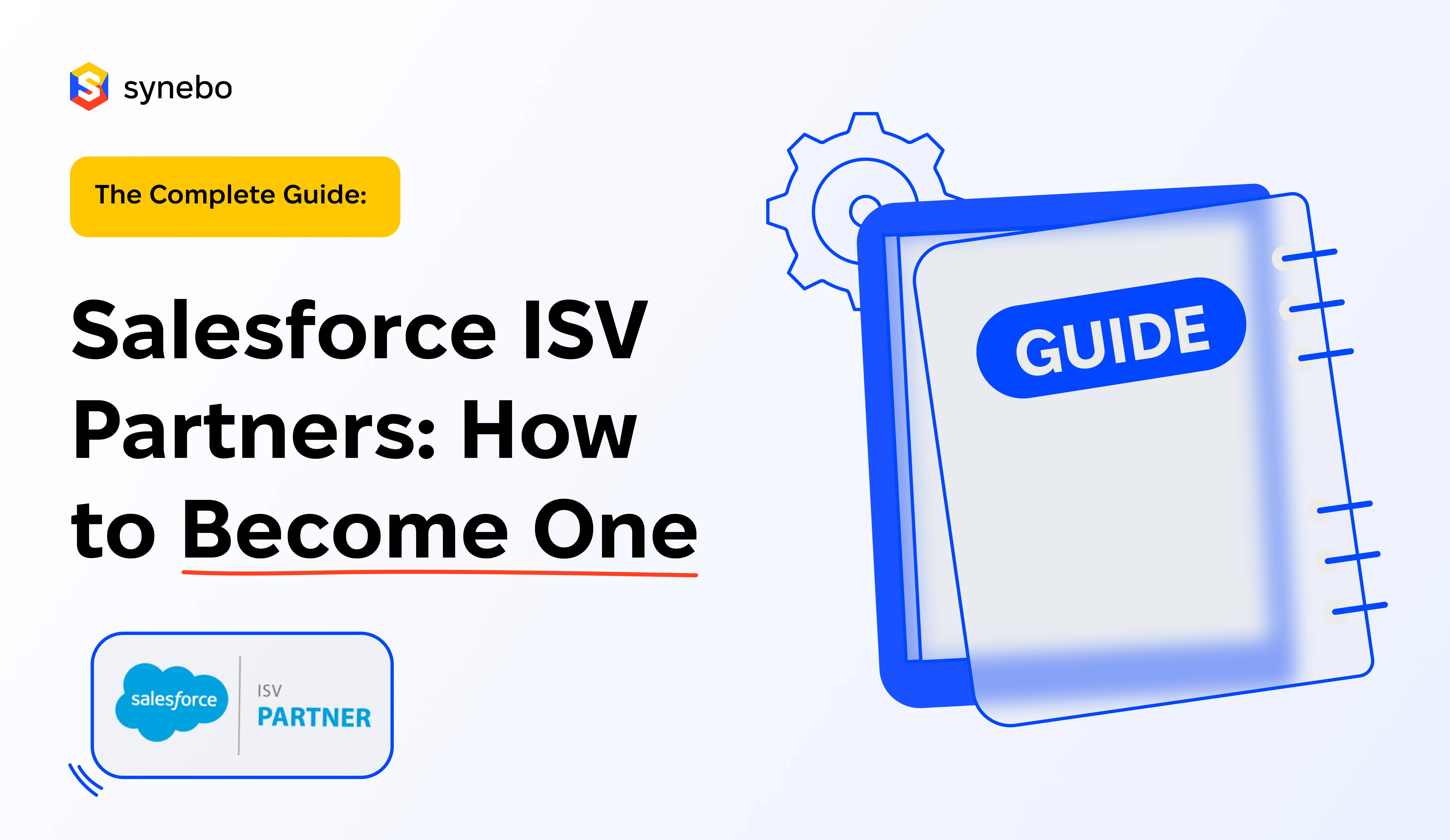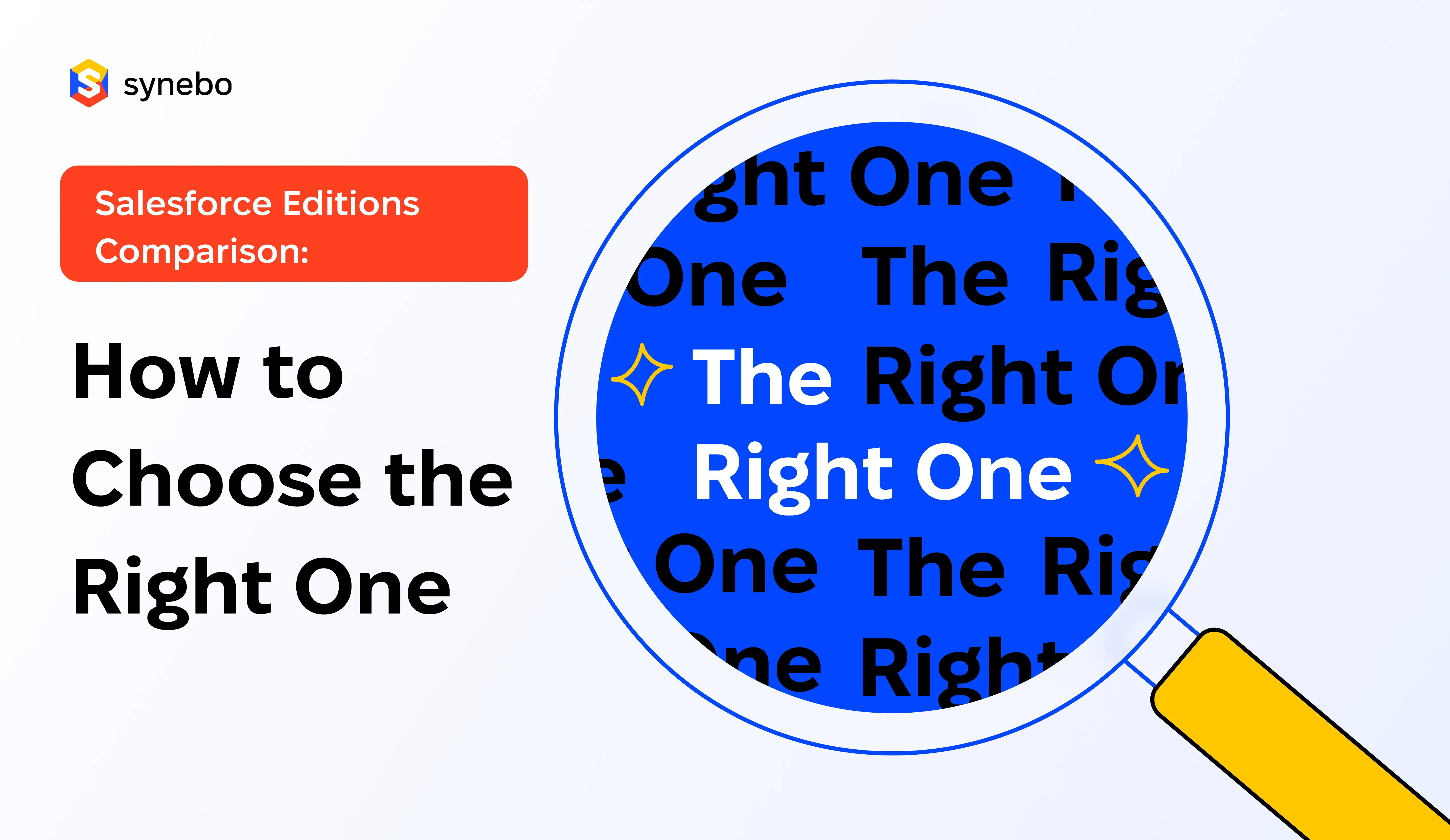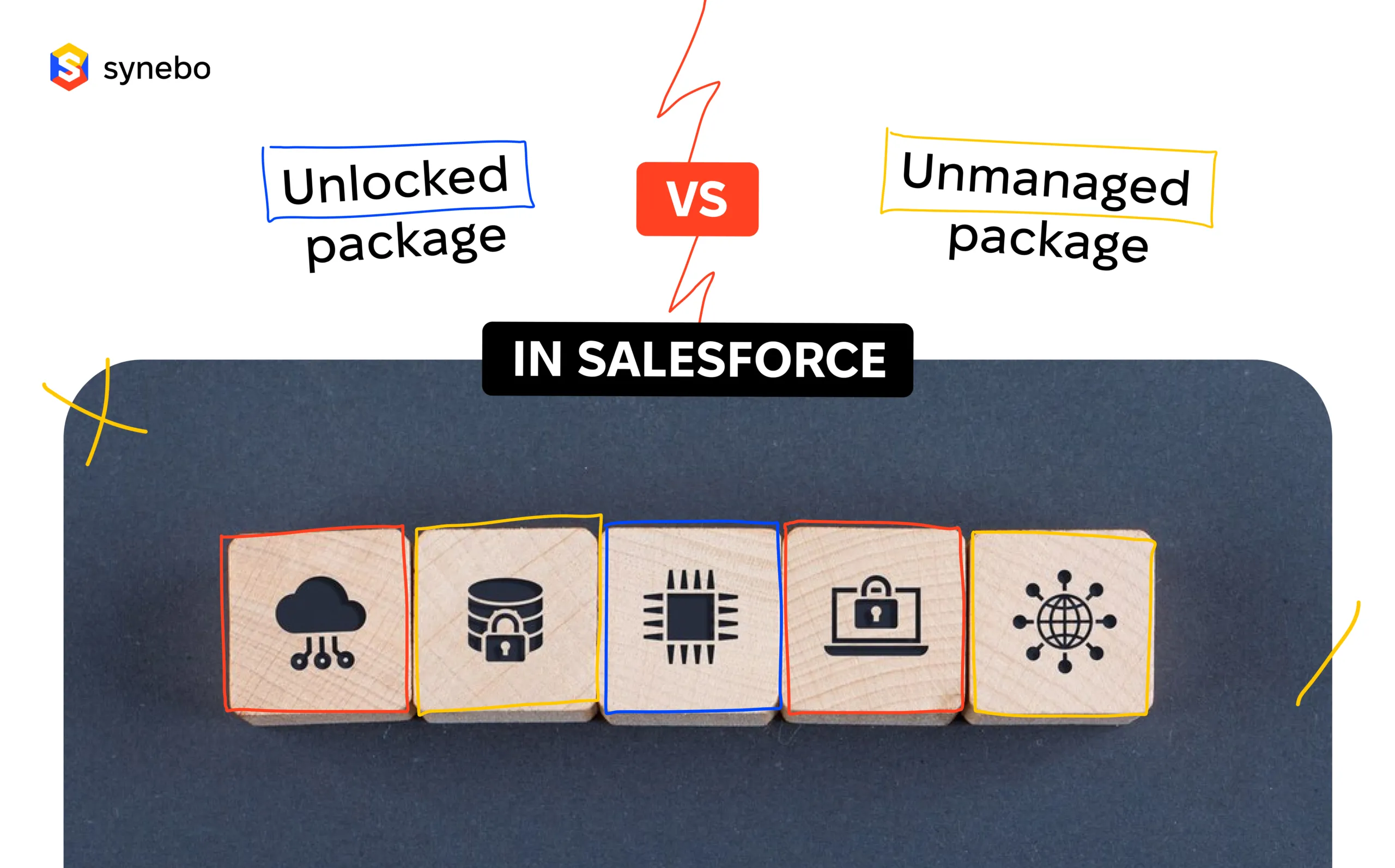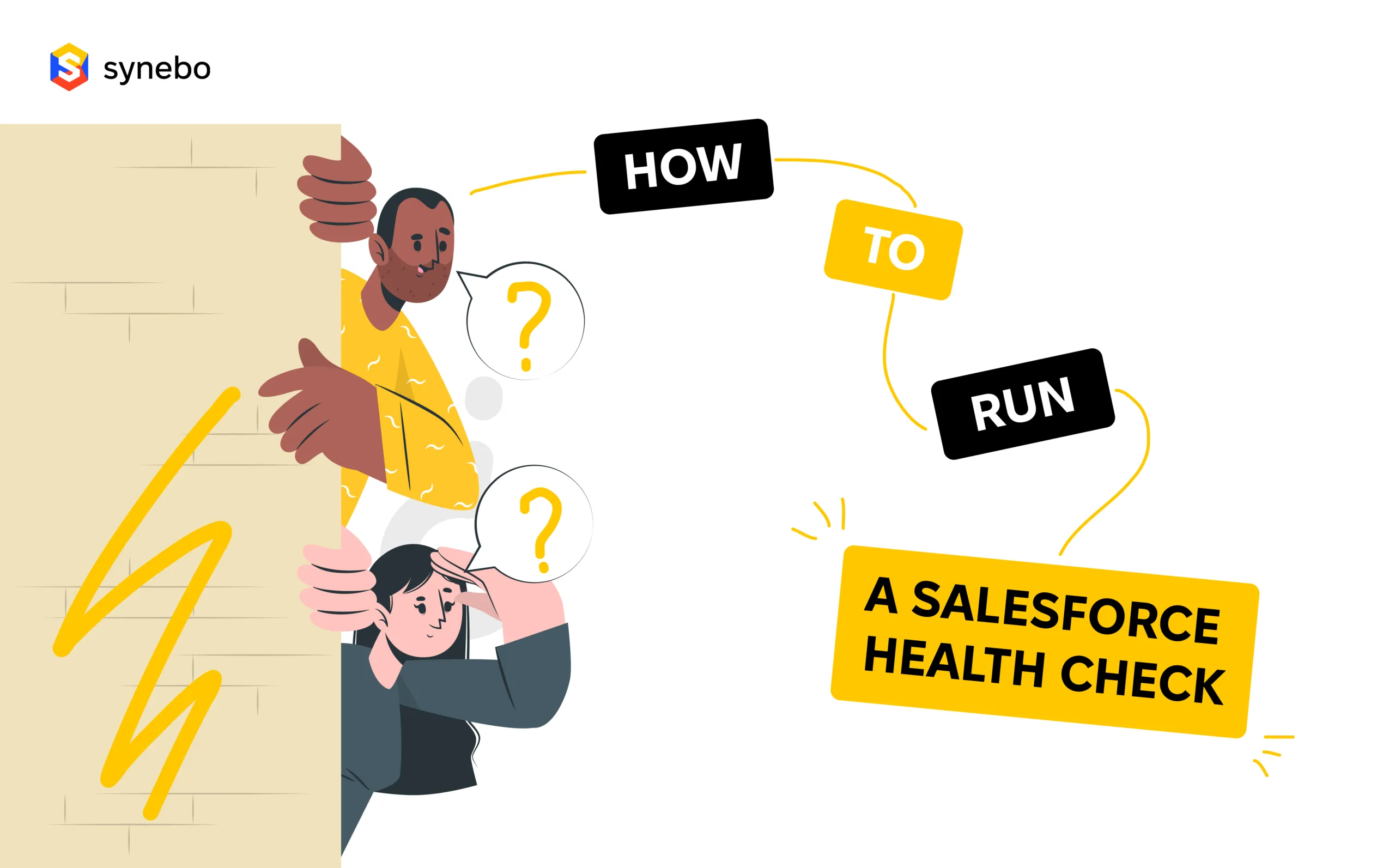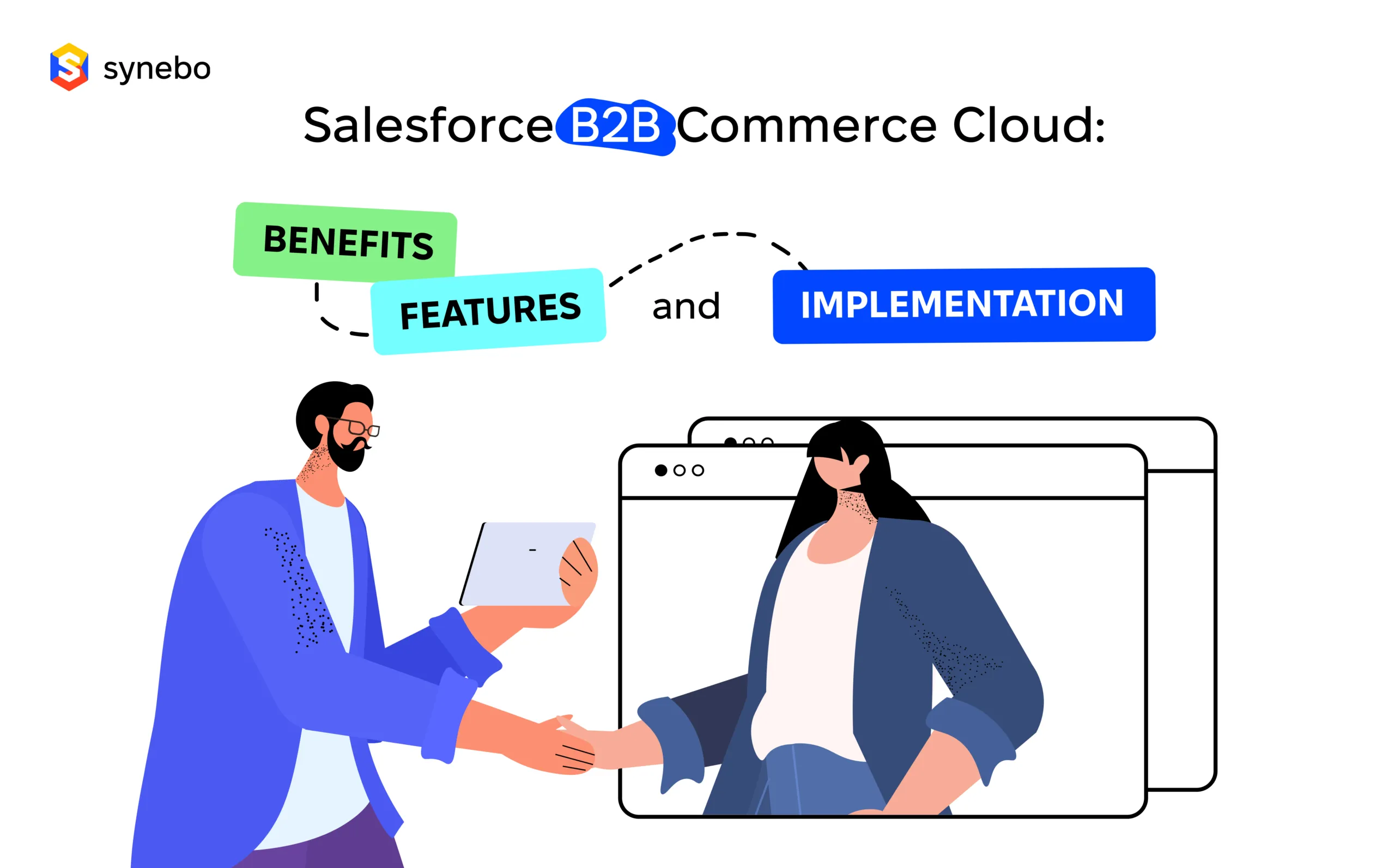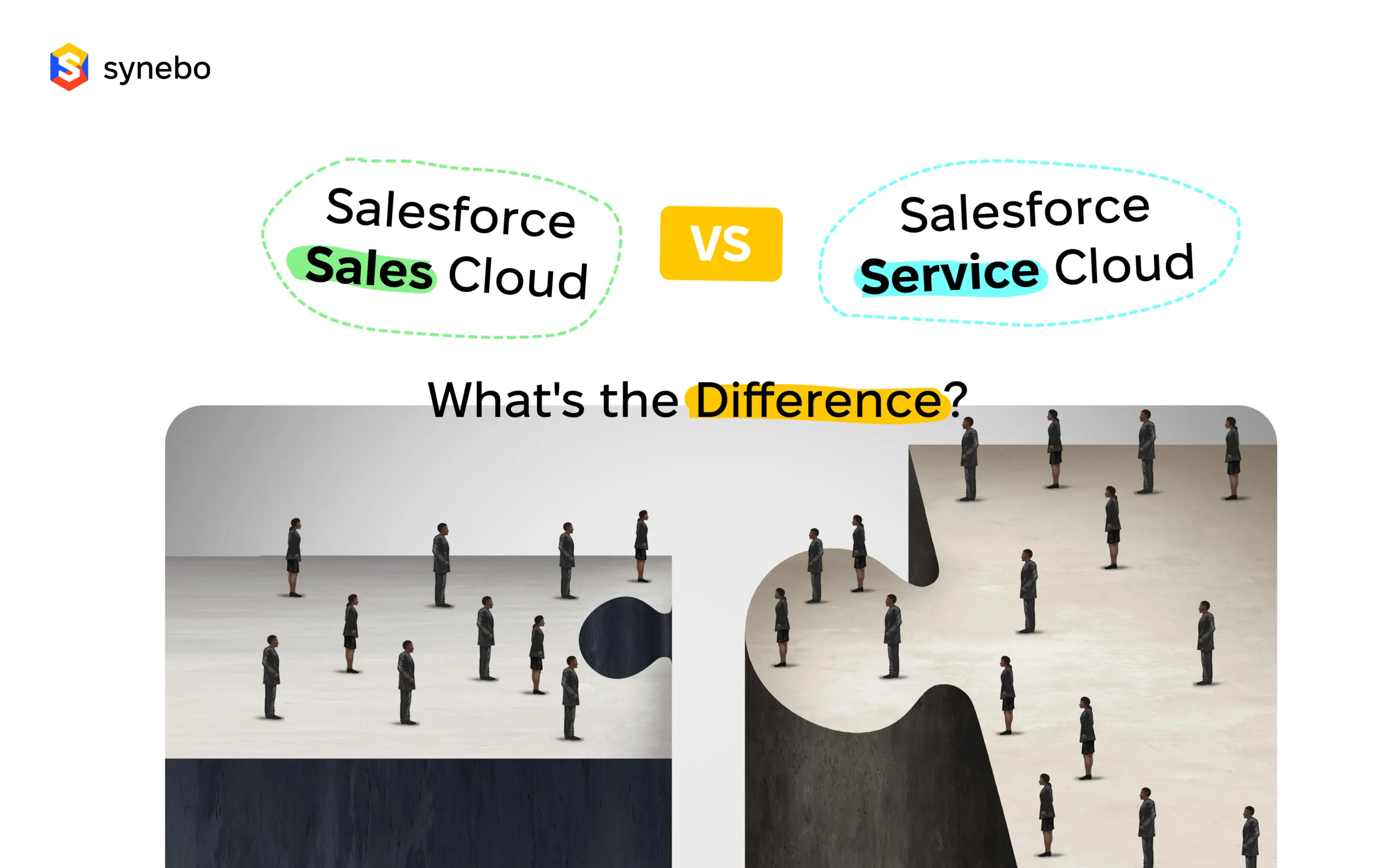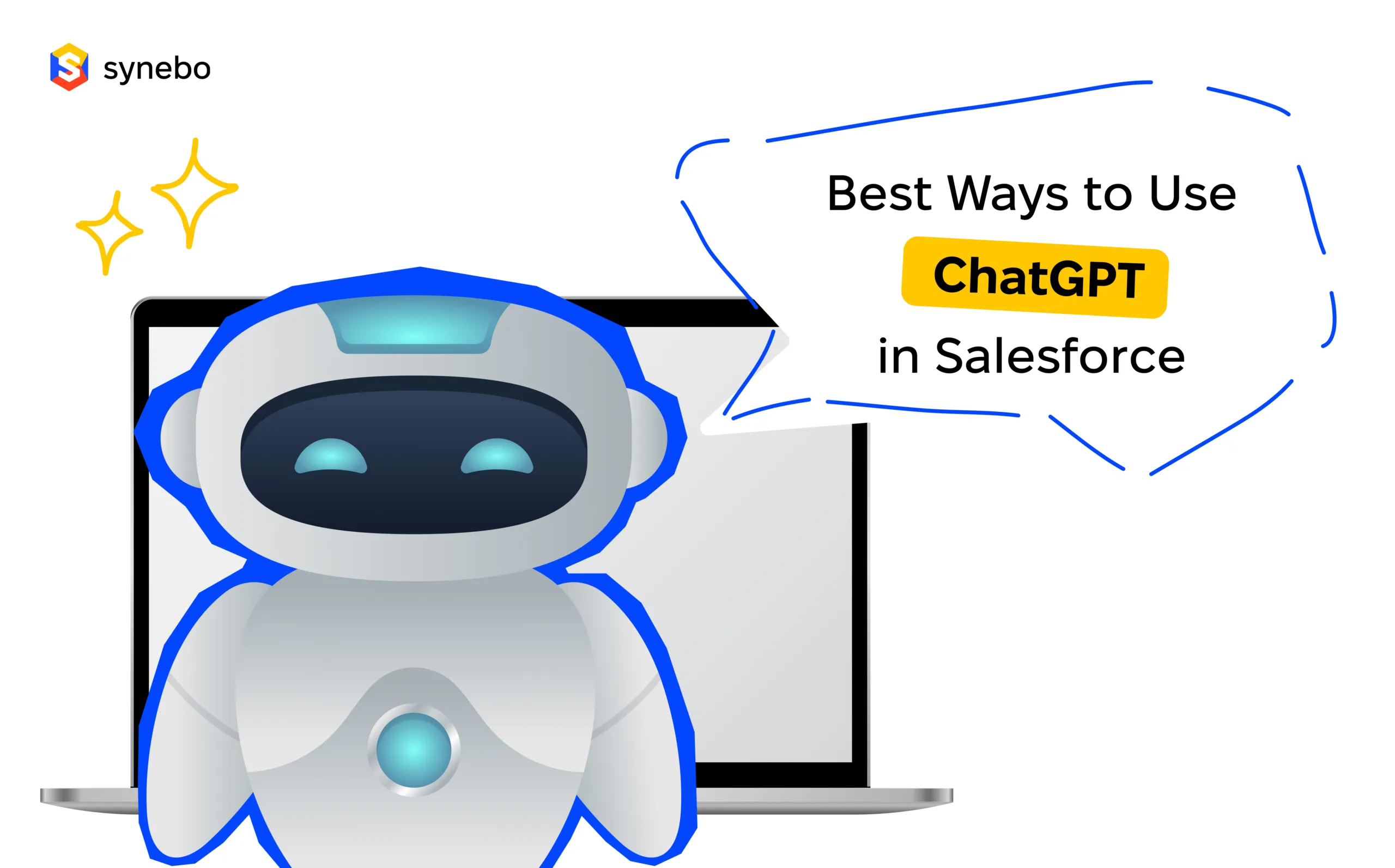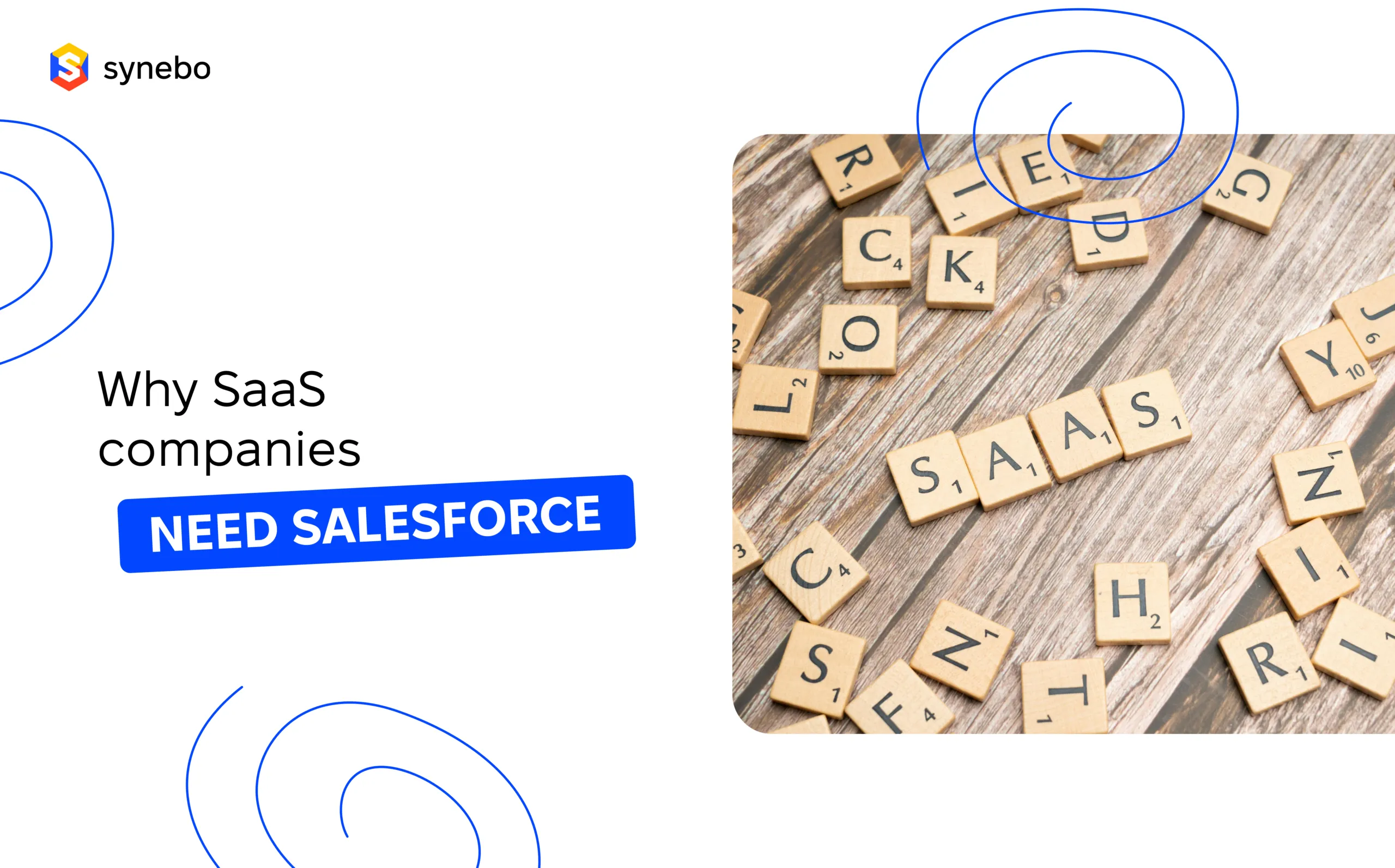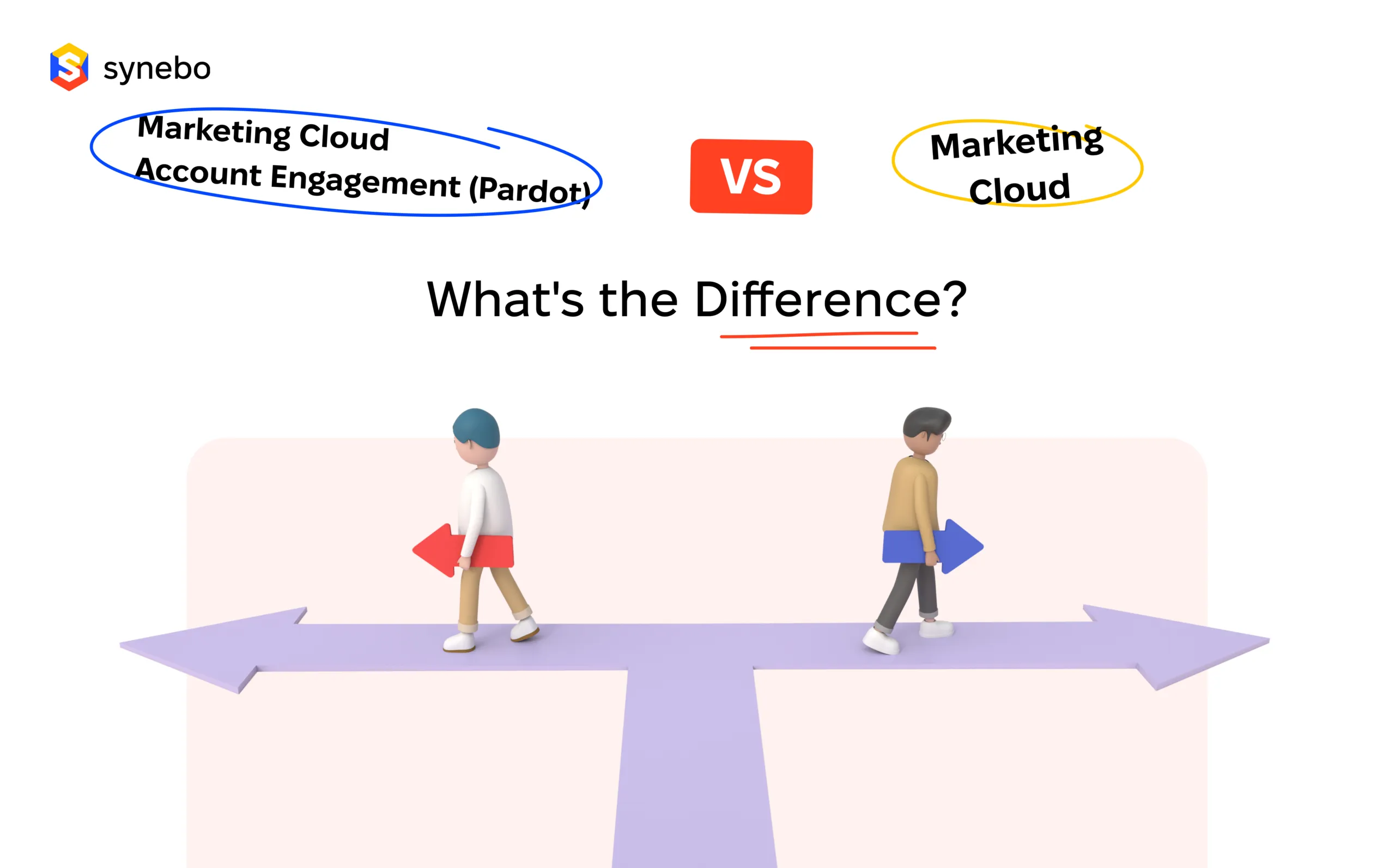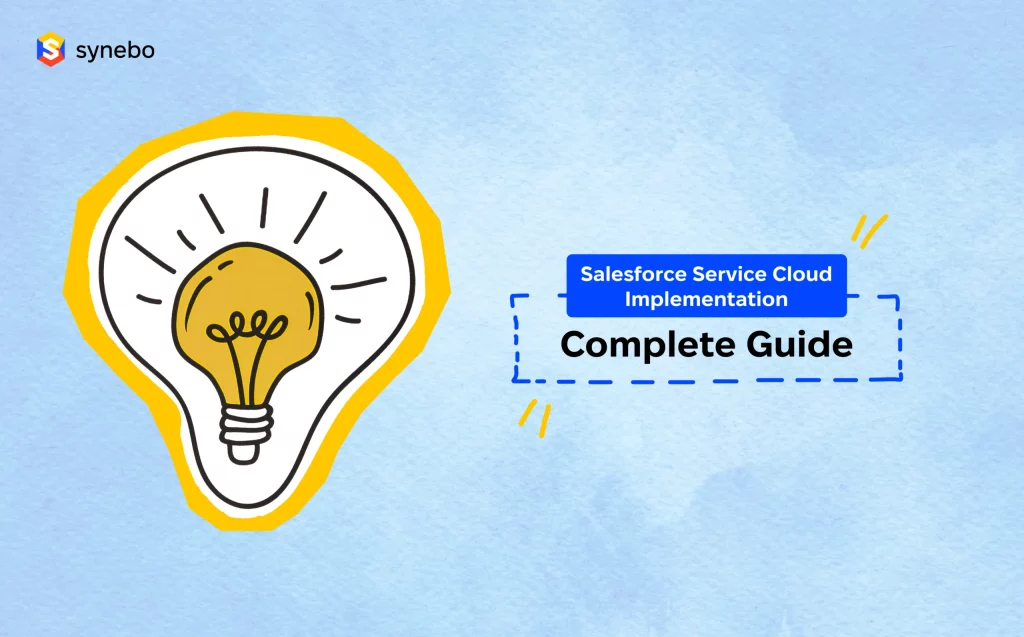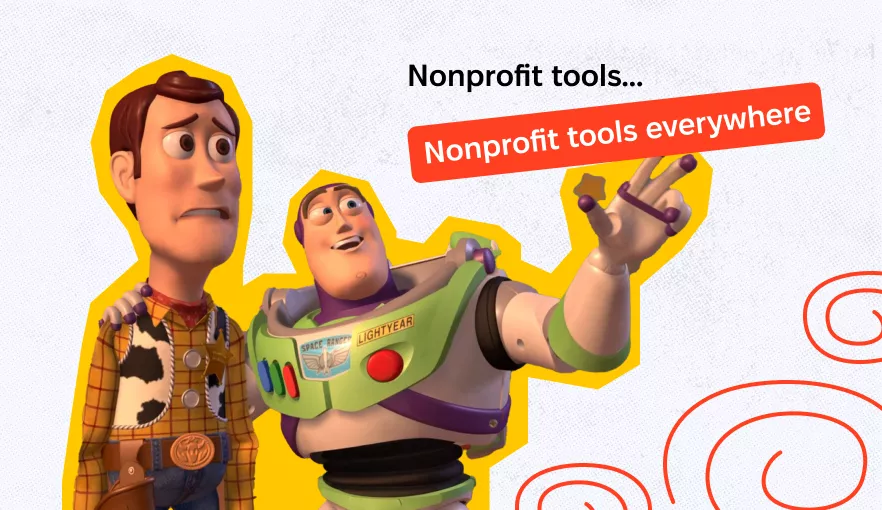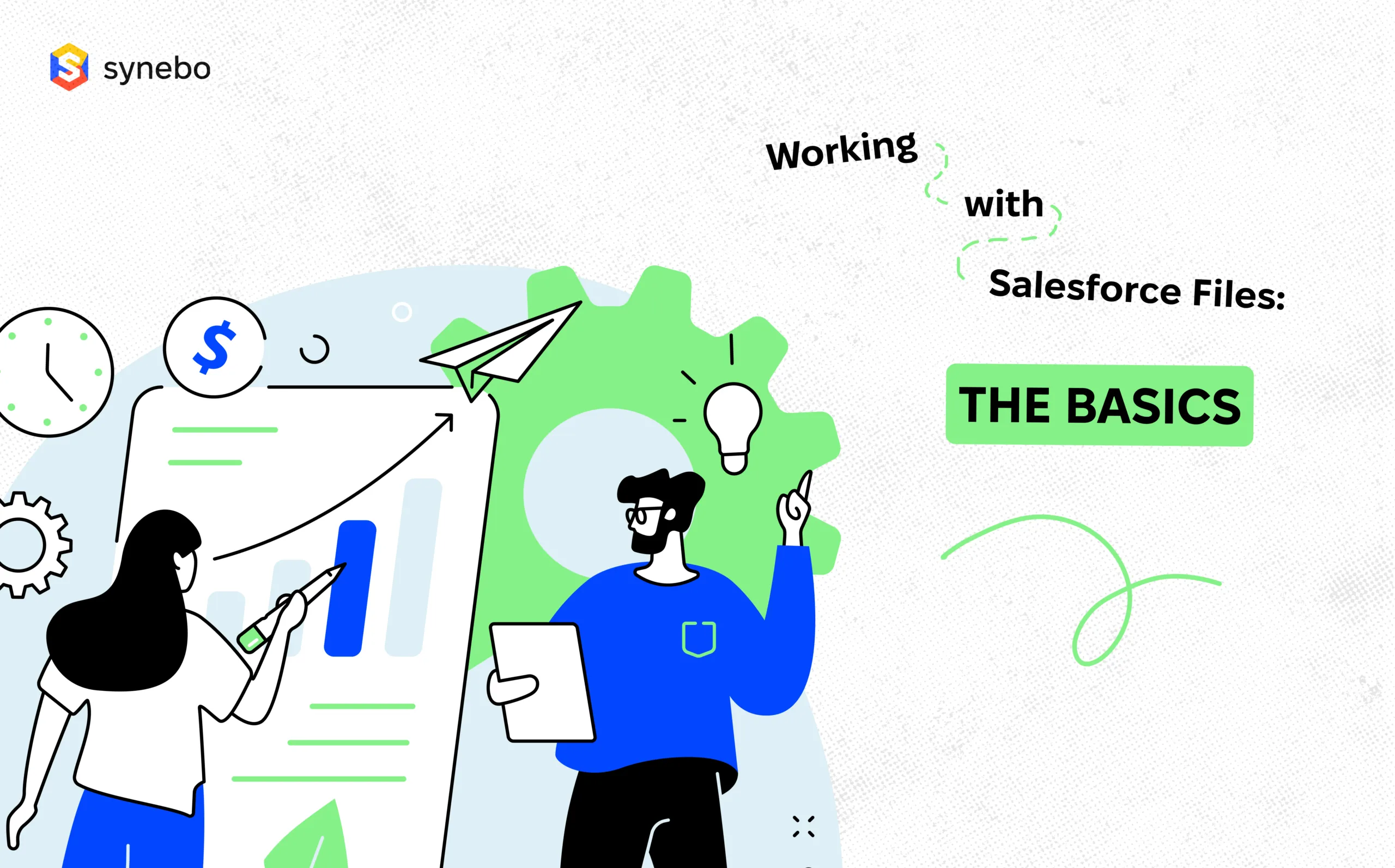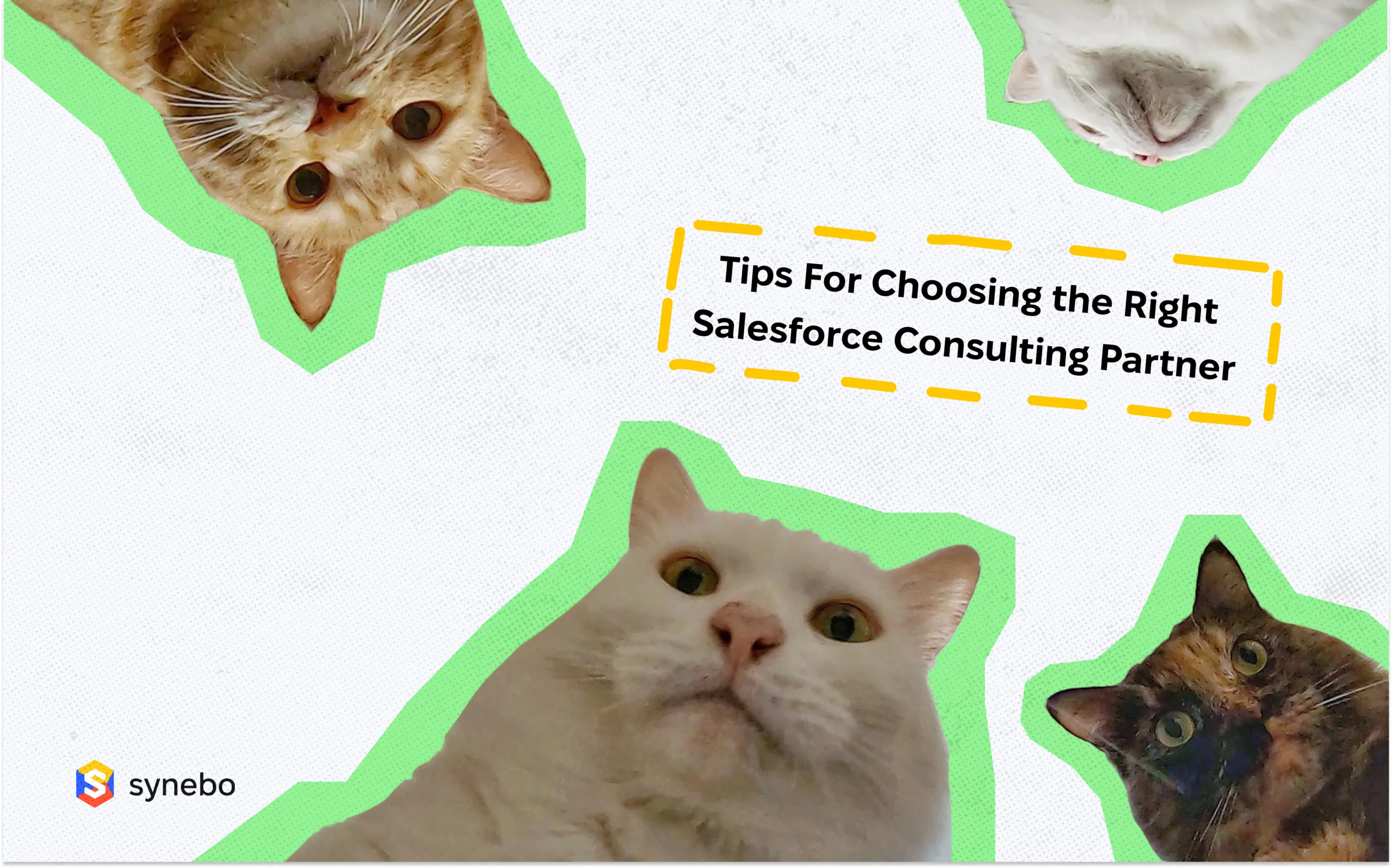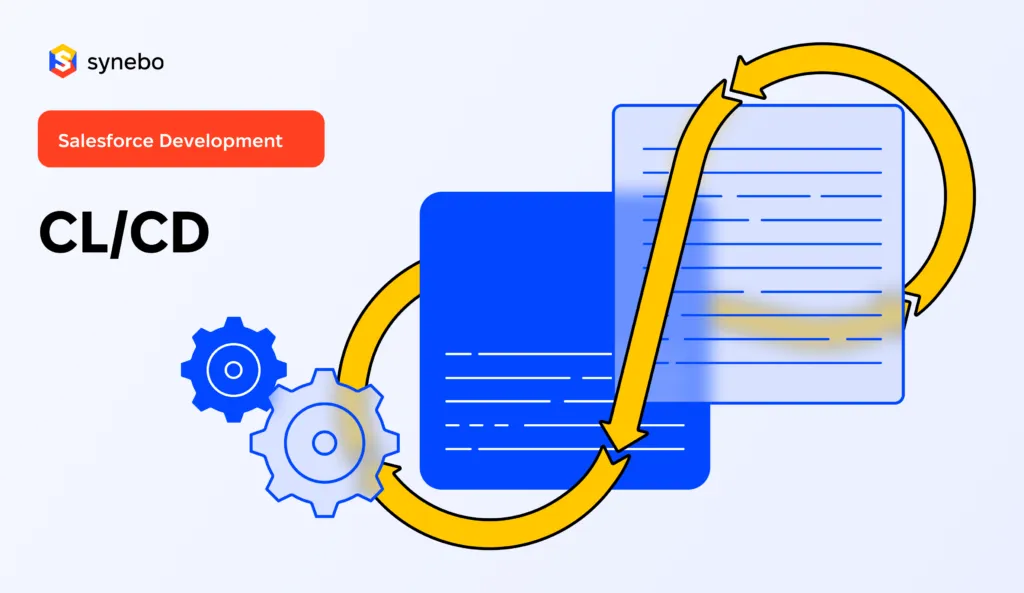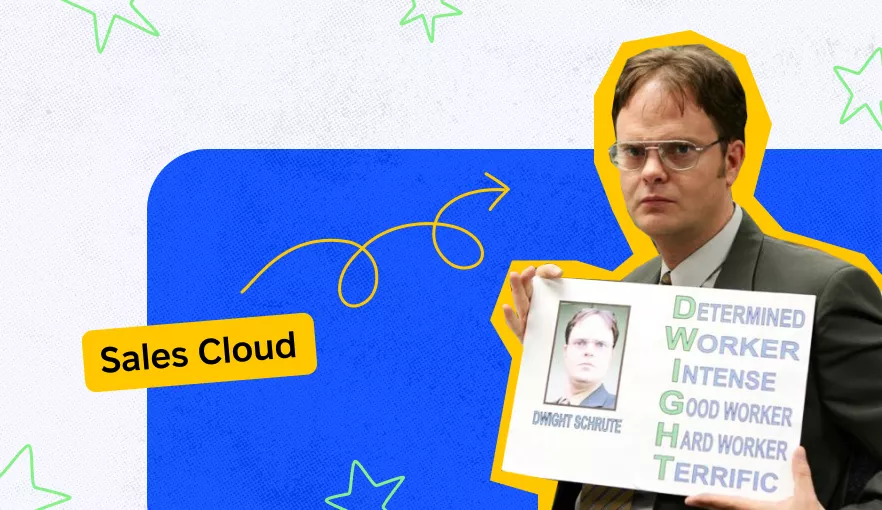Ecommerce Business Automation: the Ultimate Guide for 2022

75% of existing companies could disappear, and consumers wouldn’t care, showed the latest Havas report. They surveyed 395,000 people worldwide and found that the majority expects better customer relationships from brands.
There are many ways to achieve it. But they are all impossible without automation. So, how, why, and when to automate eCommerce business? In this article, you’ll get the answers to basic and advanced questions. We also provide you with the latest and authoritative statistics.
Let’s dive into the automation journey together!
Ecommerce business automation explained
61% of companies all around the world are using automation software and tools. 19% of businesses are planning to use it in the next 12 months, shows IBM’s research. What’s so special about automation?
Ecommerce automation is the use of technology that performs repetitive tasks. And today, it can deal with even some complex cases such as automated incident response. It makes your online store easier to run.
Suppose you’re bored of filling out the same purchase orders. And sometimes you make mistakes that cost the company money. That doesn’t make you a layperson. It proves that people aren’t ideal. So, they can enlist help.
Ecommerce automation tools streamline all business processes. Finance, accounting, sales, onboarding, shipping – whatever you want. It spares time for more important things and improves customer experience (no more misdirected packages!).

And what about losing jobs and replacing humans with robots? Take a look at McKinsey’s study. It proves the contrary – technologies will change the global labor market, not destroy it. By 2030 analytics expect people to spend more time on technological and social skills than physical and manual. Automation and artificial intelligence will accelerate this shift.

Use cases of eCommerce business automation
Some of the eCommerce business processes are more popular to automate than others. Skynova’s survey states that most small and midsize companies first automate email campaigns and social media marketing.

At Synebo, we help people to simplify business processes. Ready to accelerate your eCommerce business automation? Entrust the development process to experts. Below are some use cases of applying technologies to gain more time, leads, and money.
Enterprise resource planning
The enterprise resource planning (ERP) system is a form of automation. It integrates and manages business processes, keeps all the necessary data in one place. Thanks to it, many departments complete their missions faster.

Without ERP, your supply chain, finance accounting, and human resources disconnect. Then appear errors like data duplication, untraceable orders, or incorrect shipping data. So, customers receive their product with trouble.
Who benefits from ERP implementation?
ERP is profitable for large enterprises with a complex production process, a wide range of products, and an affiliate network. The company achieves future payback through better resource planning and accurate management.
For small and mid-market business implementation, ERP is a dilemma. It costs a lot, and the realization is complex. Such a decision could even slow down the process and result in losses. But if your business is starting to outgrow QuickBooks and Excel, ERP might be an option.
What is the best enterprise resource planning software?
It depends on the type and size of your enterprise. If it’s large, you should consider Oracle or SAP space. Also, there are dozens of ERP solutions on the market. And if one service isn’t enough, combine it with others. A lot of Fortune Global 500 corporations do that.
If the company is small or midsize, the best solution is to choose cloud-based ERP. They are cheaper because their host is a vendor. The vendor handles purchasing servers, database, maintenance, security, and backup.
How much does ERP cost?
Firstly, you have to spend money on ERP implementation. Costs for SMBs range from $75,000 to $750,000. For large companies – between $1 million and $10 million, as stated in the BetterBuys guide.
Secondly, buy a license. Experts from ERP Research claim that using Cloud ERP varies from $20 to $500. If you want your employees to have their permission to access ERP, you’ll pay from $20 to $250 per user per month. If you prefer them to use ERP simultaneously, the price varies from $50 to $500 per user per month.
In case if you decide to choose perpetual licensing and use your servers, you pay a fee once. The price depends on the number of users and the level of customization. Do not forget about additional payment for maintenance, support, and upgrades.
Workflow automation
Have you ever felt like you have so much work on your shoulders as Atlas? Then it’s time to think about automating tasks. Analytics from Asana concluded that the average worker spends 60% of his time on “work about work” – communicating about tasks and hunting down documents.

If you want to increase time for the skilled craft, you have to think about which of your tasks are monotonous activities and then get rid of them.
Workflow automation uses technologies that launch a series of tasks without human intervention. You need only to establish the rules and logic first. Then, workflows will send emails, reminders and schedule tasks by themselves.
HR automation
Instead of hours of manual work, you can try HR automation software. It can enter all new hires’ personal information into payroll, expense, and insurance systems in minutes.
For example, it sends manuals to new employees when they’re assigned a company email address. Here are other HR processes that the system can automate:
- applicant tracking
- onboarding and offboarding
- dealing with contracts
- requests for remote working and sick days
- sending emails to candidates that aren’t suitable
- collecting employees’ feedback
Artificial intelligence and HR
In the past years, HR automation software has included artificial intelligence algorithms. According to the Gartner AI survey, 47% of companies will use AI-based solutions in HR by 2022. 17% have already done it. HR leaders admit that the main reasons to deploy AI were saving costs and improving employee experience.
Personalization in HR
Another feature we should cover is personalization in HR. It is a process of finding the right approach to workers based on all accessible information about them. The goal is to broaden the experience of the employees and to build a strong team by customized learning and engagement between them.
Imagine, some of the workers in your company are fast learners, and others are not. During the courses, your mission is to improve the knowledge and skills of both of these groups. Unfortunately, you aren’t familiar with the other people’s abilities and consider gathering them in one group like in school. In the long run, you’ll note personal details. But what if you have 10 minutes for decision-making?
AI could do that for you. It could trace the preferences of all workers based on their previous learning experience. So, it discovers patterns and correlations in behavior among employees and then segments them. It helps to create different teams with the same learning features to make their performance better.
Finance automation
According to the McKinsey Global Institute, we can automate 42% of main finance processes with existing technologies.

Here are some of the core finance processes to automate:
Bookkeeping
Automated bookkeeping is a process when accounting professionals carry out accounting processes via software with machine learning technology. They can apply accounting automation to capturing, reviewing, or interpreting data.
However, automation can’t replace a human bookkeeper. The bookkeeper decides if the level of detail for the chart of accounts is right or sets up rules to suit your specific revenue model. And sometimes people find computer errors, too.
Automated invoice processing
Automated invoicing is the process of moving data from received invoices to your ERP. So, users can make payments within seconds.
Invoicing automation software extracts the copies of invoices from emails, workflows, dedicated folders. The file should be in JPEG, PDF, EDI, or PNG format. Then the system will read the specific fields, verify the information, and add it into ERP. In the end, you have to complete the process with confirmation.
Before automating the invoice, pay attention to the features of the software you chose. How does it deal with different fonts, formats, multiple pages in PDF, and page breaks? The system can’t build an algorithm if the invoice structure fails.
How does invoice automation work?
Before the due date comes, the tool reminds your client about payment. It continues to send messages until you receive money. Why is it so important?
1 out of 10 SMBs receive late payments, reports Thomas Minarik, co-founder of brodmin. He adds that 10% of invoices aren’t covered at all. COVID-19 has only exacerbated pre-existing vulnerabilities.
54% of global businesses are currently expecting late payment of invoices. That means fees for companies who haven’t paid in time and lower budgets for all.
Tax compliance and reporting
According to the Gartner study, finance leaders think 89% of accounting activities can be automated. The first step in this direction is the standardization of reporting processes. It reminds us of standards on the internet. With it, life is more manageable.
One of the standards is extensible business reporting language (XBRL). It’s based on extensible markup language (XML syntax and related XML technologies). It regulates data exchange and supports the harmonization across reporting chains. Say your final words to the misunderstanding of definitions, manual interpretation, and re-keying.
Note, when you’ve automated several finance processes, make sure your software is sharing information. There’s no point in maintaining different services if they don’t interact.
Ecommerce marketing automation
Marketing automation uses software to simplify tasks like lead nurturing and improving customer experience. With the correct attitude, it customizes an experience for people based on their behavior.
For example, customer relationship management software tracks customer engagements across websites, emails, social, and sales channels. After that, marketing teams start personalized campaigns to deliver the right message to the right person at the right time. That’s how you gain trust and build a loyal audience.

Personalized marketing
People love personalization. They associate it with empathy and a deep understanding of their needs. That’s why 52% of consumers always expect personalized offers, according to Salesforce’s State of the Connected Customer. And how many people do you think answered that companies have failed standards of engagement? 54%. There is a lot of hard though creative work for us.
Omnichannel marketing
Omnichannel marketing engages all your channels to create one unified experience for your customers. They use both physical and digital channels. Three examples of omnichannel marketing:
- You retarget someone on Instagram with the abandoned product from the website.
- You offer guests of your store a coupon with a discount for purchasing online.
- A client gets a brand’s printed brochure and scans a QR code to get samples of your products.
As stated by Salesforce, 74% of consumers used multiple channels to start and complete a transaction. It also includes different gadgets. A person can be shopping online from several laptops or mobile devices, and the process will be seamless. 66% of users started and completed buying via multiple devices.

Product recommendations on the website
I remember one interview with Kurt Cobain where he was so excited about picking up clothes in 90’s second hands. He had enjoyed how long it takes to find the fitting shirt. Even if Cobain had like-minded people then, he would be way lonelier now because modern people seek easy solutions. Times of long searches for clothing are gone.
The Salesforce study revealed that 56% of customers want to return to a site that offers product recommendations. Why? Because it’s an easy solution for busy people. And for marketers, it’s the result of complex decisions based on users’ interactions onsite and offsite called a recommendation engine.
What’s a recommendation engine?
It’s a machine that filters the information about a customer to propose the most relevant products. Thanks to it, you get predictions on what each individual will buy. They depend on sales data, trends, seasonality, and click history.
Adaptation
Your recommendation engine should learn fast. Make sure new products appear in a recommendation block. Check if it guarantees seasonality. There might be people who want to buy swimsuits in December. But their motivation is so strong you don’t need to support it with engines. Though, showing unrelated goods to the majority of clients can decrease sales.
Recommendations placement
According to the Clerk.io study, the most performing placement from a revenue point of view is the “Add-To-Cart-Step” section.

Add to it sliders with several lines of products that might interest a visitor. They should include:
- visitor recommendations
- best cross-sell goods
- best sellers
- “on-sale”
The same rule applies to placements like the basket and the front page. Show the most popular items on category pages. On product pages, it’s better to propose “frequently purchased together” and alternative recommendations. If the visitor is going to leave the site, trigger an exit popup.
Popup windows
The problem is apparent. A prospect falls out of the process before completing the purchase and lefts items in the shopping cart. How can you decrease the shopping cart abandonment rate?
- Propose to save the items in the basket via email and start to send abandoned cart messages later.
- Offer a discount, free shipping, or other bonuses. Mention that your deal is time-limited. It’s always good to set up a deadline.

Ecommerce email campaigns
We’ve all received hundreds of emails from different companies. Can you remember a few that caught your attention? What are their features? Just like you analyze other companies’ marketing campaigns, you should look at yours.
Check if it facilitates user onboarding, lead nurturing, mailing list segmentation, re-engaging passive users, cross-selling and upselling. Otherwise, how can you sell a product if a person doesn’t believe it’ll improve her life? Below is the list of main stages in the email marketing campaign.
1. Start by sending a warm and helpful welcome email
A welcome email motivates your new subscribers to come back to your store. It has an open rate of 91,43%, says Humanlytics. The key rules of using welcome emails are:
- Personalize emails.
- Include a call to action with a link.
- Automate sending welcome emails just after the customer subscribed.

2. Segment your email list
Email list segmentation divides visitors into smaller groups to send them targeted emails. According to Mailchimp, segmented campaigns get 100,95% more clicks than non-segmented ones. Here are six criteria for segmentation:
- demographic data (country, age, gender, company position, income level, etc.)
- email engagement (opened emails every time / haven’t opened in two months, etc.; apply tools for email tracking)
- past purchases (beauty products / vitamins / tea, etc)
- the amount of money spent
- behavior on the website (what was a customer interested in?)
- customer journey (awareness, consideration, decision, follow-up)
This information will tell you how you can reach out to a person.
3. Nurture your audience with educational content
Lead is a potential customer. Lead nurturing means building relationships with a person at every stage of the sales funnel. Implementing an effective lead nurturing strategy can increase revenue.
Let’s say you sell organic cruelty-free cosmetics without SLS, parabens, and other harmful chemicals. You know how PEG can damage health, but dozens of leads don’t. They need a little bit of education. Send them an email with research that shows the consequences of constantly using mass-market cosmetics. Explain what the alternative is and why it’s more expansive.
Treat leads as if you’re a teacher and they’re pupils. Bring to the table creative briefs and tell a story with facts, showing that you’re a person with a background, too. Be aware of existing trends. And highlight how your product or service influences day-to-day life.
Participate in the leads’ life. Congratulate them on birthdays, new year, and Thanksgiving Day, offer presents and support the holiday mood. Run surveys to get to know your leads better. Monitor their reactions to updates or quality of service via automated emails.
4. Re-engage lost leads
A lost lead is a potential customer who’s visited your site, tried free demos but hasn’t purchased the product or service. Why do you need to get back his attention? There’re competitors on the market who will fight for this lead. And you can’t afford to forget about 5000 passive leads, for example. Yes, some of them will never return. But if you can turn even 5% of those clients, you’ll get 250 consumers.
Use customer relationship management (CRM) to segment your lost leads and start a recovering campaign. The first step is choosing the right CRM. Then goes collecting data and automated delivery of personalized messages.
For example, someone visited your website two weeks ago. They viewed some items, downloaded an eBook, and then disappeared. CRM knows their email address, what pages they’ve opened, what Ebook they’ve received. The system is ready to send those users an email.
5. Cross-sell and upsell in emails
Cross-selling and upselling emails play a huge role in customer retention. These strategies encourage people to buy more. Cross-selling aims to increase sales of complementary products. Like a smartphone and a cover. Upselling offers a more expensive or upgraded version of the product.
You can set up an automated campaign to send personalized cross-selling and upselling emails to the leads.
Ecommerce Advertising Automation
Automated digital advertising puts info about your brand, product, or service into social media, search engines, websites, etc. The technology spares your time and allows your marketing department to focus on the creative side of their work. For example, marketers will generate ideas and test ads rather than seek places for publishing and copy-pasting.
Ecommerce retargeting ad campaigns
Let’s assume you’re scrolling through Instagram or reading an article. And then an ad appears. You see precisely that backpack you were going to buy at an online shop yesterday. That’s the result of retargeting.

Retargeting uses personalized ads to win your audience back. Choose one or two social media platforms and follow the advice below.
5 Steps to run a successful retargeting campaign
- Set up tracking that will allow you to collect data on the site’s visitors.
- Segment your audience.
- Personalize your content for each audience segment.
- Set up omnichannel retargeting campaigns.
- Evaluate the results and repeat.
Ecommerce product inventory management
COVID-19 changed the way product inventory management operates. At the start of the epidemic, we’ve seen disrupted supply chains, changes in ordering volumes, and transportation issues. More and more companies started to automate their product inventory.
The starting point is the automation of an items catalog. There are several standard operations:
- adding item cards (description, attributes, categories)
- enrichment of cards with data (updating information)
- moderating the merchandise
A small business can conduct all these processes manually. One or two content managers are enough to fill in all the information. But managers can’t avoid mistakes when the company is scaling and the amount of goods increases. That’s why automation of product inventory management might solve the problem.
What is an eCommerce inventory management system capable of?
- reordering
- goods delivery
- inventory item fulfillment
- inventory tracking
- monitoring data 24/7
Automation of all these business processes saves your money on labor. According to ABI research, the cost of manual audits per year in small stores equals $6,000. In midsize – the number might reach $40,000. In large companies, it’s close to $72,000.
Ecommerce automation software
Implementing automation requires a skillful team of developers and specific software. So let’s learn a bit more about the best solutions.
Salesforce Commerce Cloud
Salesforce Commerce Cloud (SFCC) had been called “Demandware” before Salesforce bought it. This platform primarily serves B2C companies. Though, you can apply it to B2B and B2B2C. It’s cloud-based and unifies customers’ experiences across mobile, social, web channels, and stores.

Commerce Cloud connects with consumers via:
- marketing
- merchandising
- content
- promotions
- customer service
- predictive intelligence
SFCC probably is the most customizable eCommerce automation software. However, you’ll need to call for assistance because customization requires a high level of technical skills. At Synebo, we help businesses with custom Salesforce development. Get in touch with us to learn more about our projects.

“SFCC is all about big commercial enterprise-level solutions for companies like Adidas, Nike, Loreal, LV, etc,” tells Andrew Nikolaichuk, Salesforce Commerce Cloud Lead at Synebo.
He adds that the commerce cloud is a part of the Salesforce ecosystem. That fact allows you to quickly and easily adjust the connection with the rest of the company’s products.
“Besides, there are more than 400 ready-made integrations of solutions conducted by third-party players. It could be payment processing services, loyalty and order management systems (OMS),” concludes Andrew.
HubSpot
HubSpot is a CRM that focuses on marketing and sales efforts. It’s 100% free and user-friendly. However, its customization capabilities are limited. You’re not allowed to work with CSS, so you won’t be able to change email templates.

Hubspot CRM offers you:
- Sales Hub – tools that track leads and qualify leads. They deal with emails, notifications, sales automation, and customizable reports.
- Marketing Hub – a system that helps grow traffic and generate leads, customizes workflows, and manages content.
- Service Hub collects all your data and services in one place.CMS Hub aims to leverage the conversion of your website. It provides you with content creation, lead generation, and SEO tools.
- Operations Hub connects your apps and cleans your customer data. Data automation, workflow extensions, team management, and permissions are available.
- HubSpot CRM will fit small and midsize companies because it’s user-friendly. Some of its services are free. Hiring developers is not necessary to integrate the software into your company’s website. You can do it by yourself.
Nonetheless, there are some drawbacks to using Hubspot. Free features are enough only for primary functions.
Freshworks
Freshworks (formerly Freshsales) is a cloud-based CRM that helps with turning leads into customers. It offers software for email tracking, lead capturing, marketing analytics, contact management, and others. Consider working with this company if you are interested in eCommerce business automation.

Freshworks’ features are:
- calendar of reminders
- base for documents
- email marketing
- lead generation and qualification
- workflow automation
- SMM integration
A lot of Freshworks users say it makes selling, tracking, planning, and auditing processes comfortable.

The drawbacks include tedious data analysis for large datasets, problems with reporting, a small email limit (which is 500 per user), a confusing interface.
Final thoughts
The global market of eCommerce business automation tools is a prosperous place full of personalization and AI algorithms. It seems like everyone can find something here. Start with analyzing your goals and then consider building custom automation solutions that will help you reach your objectives. If you’re ready to accelerate your eCommerce business with customized automation software, our experts are here to help.










